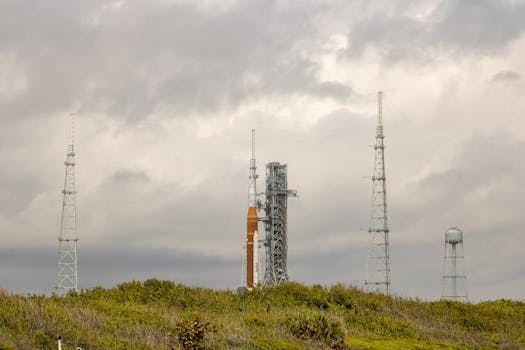From Ground to Sky: The Evolution of Satellite Telecommunications Technology

From Ground to Sky: The Evolution of Satellite Telecommunications Technology
Satellite Telecommunications
The evolution of satellite telecommunications technology has revolutionized the way we communicate, connecting people and devices across the globe. From its humble beginnings to the current state-of-the-art systems, satellite telecommunications have come a long way.
In the early days of satellite telecommunications, the technology was primarily used for military and governmental purposes. The first commercial satellite, Intelsat 1, was launched in 1965, marking the beginning of a new era in telecommunications. Since then, satellite technology has advanced significantly, with improvements in signal strength, bandwidth, and affordability.
History of Satellite Telecommunications
The history of satellite telecommunications is a fascinating story of innovation and perseverance. The concept of using satellites for communication dates back to the 1940s, when science fiction writer Arthur C. Clarke proposed the idea of using geostationary satellites for global communication. The first satellite, Sputnik 1, was launched by the Soviet Union in 1957, followed by the first American satellite, Explorer 1, in 1958.
The 1960s saw the launch of the first commercial satellites, including Intelsat 1 and Syncom 2. These early satellites were used for television broadcasting, telephone communications, and data transmission. The 1970s and 1980s saw significant advancements in satellite technology, with the introduction of new satellite systems, such as the Global Positioning System (GPS) and the International Telecommunication Union (ITU) satellite coordination system.
Current State of Satellite Telecommunications
Today, satellite telecommunications play a vital role in global communication, providing connectivity to remote and underserved areas. The current state of satellite telecommunications is characterized by advanced technology, increased capacity, and growing demand.
The advent of high-throughput satellites (HTS) has significantly improved the efficiency and cost-effectiveness of satellite communications. HTS satellites offer higher bandwidth and faster data transfer rates, making them ideal for applications such as broadband internet, video streaming, and mobile connectivity. The use of satellite constellations, such as OneWeb and Starlink, is also becoming increasingly popular, providing global coverage and low-latency communications.
Future of Satellite Telecommunications
The future of satellite telecommunications is exciting and promising, with emerging technologies and trends set to transform the industry. The growing demand for satellite-based services, such as satellite broadband and 5G connectivity, is driving innovation and investment in the sector.
The development of new satellite systems, such as the European Space Agency’s (ESA) Quantum satellite and the NASA’s Tracking and Data Relay Satellite System (TDRSS), is expected to further enhance the capabilities and efficiency of satellite communications. The use of artificial intelligence (AI) and machine learning (ML) in satellite telecommunications is also becoming more prevalent, enabling improved network management, optimized resource allocation, and enhanced cybersecurity.



